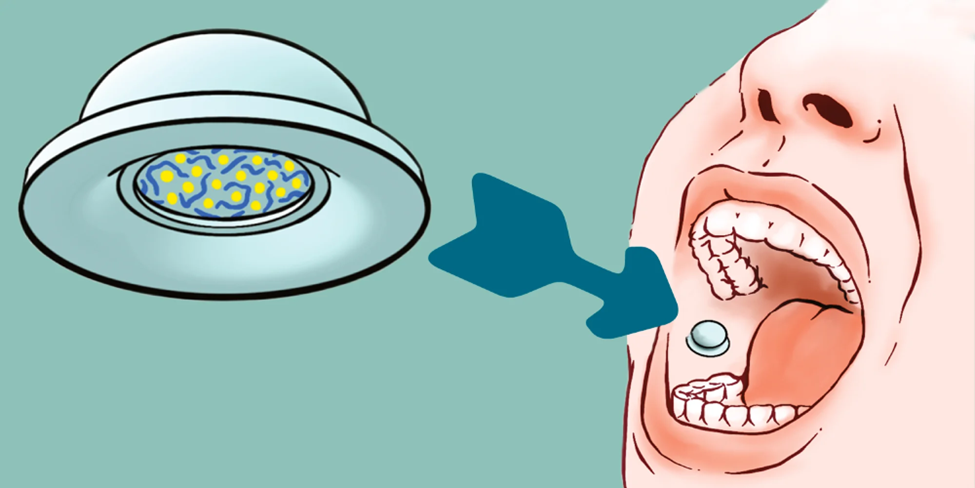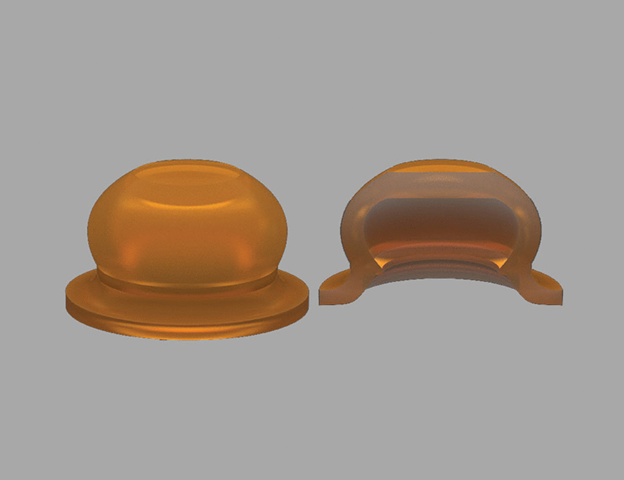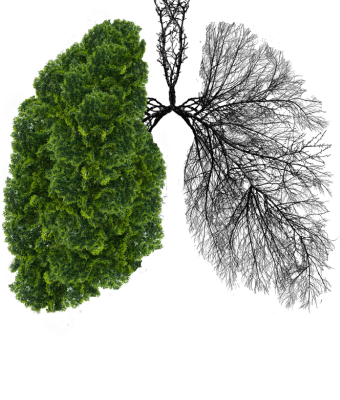Introduction
The octopus, a remarkable creature dwelling in the ocean’s depths, has long fascinated scientists and researchers with its unique capabilities. Its impressive features are the ability to manipulate its soft, flexible tentacles with precision and dexterity. Drawing inspiration from this marine marvel, scientists have developed innovative technology that could revolutionize drug delivery systems, eliminating the need for needles and the associated pain and discomfort. This technology promises to be a game-changer in medicine, offering more convenient and patient-friendly ways to administer medications.
We should explore the article published in the Journal Science Translational Medicine, which delves into developing and validating an inventive drug delivery system. This system draws inspiration from octopus suckers and utilizes a buccal mucosa suction patch.
Background
Efficient drug delivery systems are pivotal in enhancing drug absorption, elevating drug bioavailability, minimizing drug-related side effects, promoting patient adherence, and curbing healthcare expenses. Nonetheless, devising effective strategies for optimal drug absorption through biological barriers remains a formidable challenge within pharmaceutical sciences.
Proteins, peptides, and other sizable drug molecules often encounter suboptimal absorption when administered through the gastrointestinal (GI) tract, frequently necessitating intravenous delivery. Even formulations designed to enhance permeation often fail to significantly improve the oral bioavailability of such macromolecular drugs.
Scientists hailing from China and Switzerland have engineered a noninvasive drug delivery platform to enhance the systemic absorption of these substantial drug molecules. This innovation combines the mechanical stretching of the buccal mucosa with the application of chemical permeability enhancers. Inspired by the morphological features of octopus suckers, these researchers have introduced the buccal mucosa suction patch.
The idea is to gently change the buccal mucosa’s structure, making it more permeable and allowing drugs to move into the well-supplied tissue, improving overall drug absorption. This innovation’s core concept involves applying mechanical force to the buccal mucosa to relax its cellular structure temporarily, widen inter-cellular gaps, and enhance drug permeation. The researchers posit that mechanical stretching and permeability enhancers will collaboratively enhance drug diffusion into the highly vascularized tissue, thus promoting systemic drug absorption.
Suction-Patch Design

The buccal mucosa suction patch was designed, drawing inspiration from the structural attributes of octopus suckers. Its size resembled commercially available mucoadhesive tablets, ensuring convenient and comfortable administration. The patch featured a dome-shaped configuration intended to exert mechanical pressure. Inside the patch, the dome-shaped cavity could accommodate more than 50 mg of a drug.
The suction patch exhibited excellent adhesion properties when tested on porcine buccal mucosa. Subsequent evaluations revealed that the patch, through mechanical stretching, induced an increase of over 250% in the surface area of the tissue.
Histological analysis of the buccal mucosa confirmed that the patch could non-invasively disrupt the epithelial layer locally without causing harm to the outermost surface of the epithelium. Examination of the patch loaded with permeability enhancer indicated that the enhancer primarily operated at the mucosal surface without mechanical stretching induced by the patch.
Experiments by applying these patches to the porcine buccal mucosa, in conjunction with various permeability enhancers, demonstrated that effective penetration of the epithelial layer necessitated a synergistic action between mechanical stretching and permeability enhancers.
Pharmacokinetic Study
A comparative assessment was undertaken to investigate the delivery of a peptide drug, specifically desmopressin, in dogs via buccal patches, intravenous injection, and the oral route. The results unveiled a gradual rise in the plasma concentration of desmopressin during the 3-hour application period of the patches. The peak concentration was attained one hour after removing the patches. The absolute bioavailability of the drug was on par with what is typically observed when administering desmopressin tablets orally. Notably, applying the patch with a permeability enhancer over a 3-hour duration led to a staggering 150-fold increase in the plasma concentration of desmopressin compared to the levels achieved through oral administration of desmopressin.
Safety Profile
Applying the patch with a permeability enhancer for three hours led to swelling of the buccal mucosa. The extent of recovery varied, taking either a day or a week, contingent on the specific type of permeability enhancer employed. In contrast, a 30-minute application resulted in only minor swelling, which completely subsided within 6 to 24 hours following patch removal. Biopsy results showed that the buccal mucosa’s integrity was restored within 24 hours after removing the patch.
Human Study
To assess the buccal patch’s acceptability among patients, 40 healthy adult volunteers were instructed to apply patches without any drug or permeability enhancers to their buccal mucosa for 30 minutes.
More than 92% of the participants described the application as generally comfortable or only mildly uncomfortable. The patches caused minimal alteration to the tissue during the application. Approximately 75% of the volunteers reported no unusual sensations one hour after removing the patch. A day after removal, they could not distinguish between the normal mucosa and the area where the patch had been applied.
The majority of the volunteers expressed a strong preference for buccal patches as a method of drug delivery over intravenous injection.
Significance of the Study
The research suggests that suction patches modeled after octopus suckers could be a viable alternative for delivering macromolecular drugs.
Using octopus-inspired technology for drug delivery without needles is a promising medical leap forward. By drawing inspiration from the dexterity and flexibility of the octopus’s tentacles, researchers have created soft robotic devices that offer pain-free, precise, and patient-friendly drug delivery options. This innovative technology can improve patient compliance, reduce the risk of infection, and enhance the overall quality of healthcare. As research and development in this field continue, we may witness a future where the discomfort of needle injections becomes a thing of the past, thanks to the wonders of biomimicry and advanced engineering.
References
Luo Z, Klein Cerrejon D, Römer S & et al. Boosting systemic absorption of peptides with a bioinspired buccal-stretching patch. Science Translational Medicine. 2023 Sep 27;15(715):eabq1887. doi: 10.1126/scitranslmed.abq1887. Epub 2023 Sep 27. PMID: 37756378.


